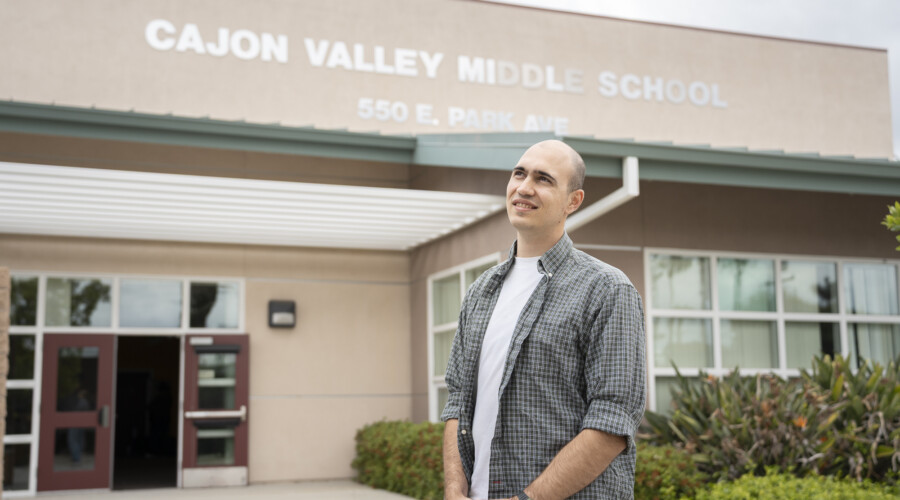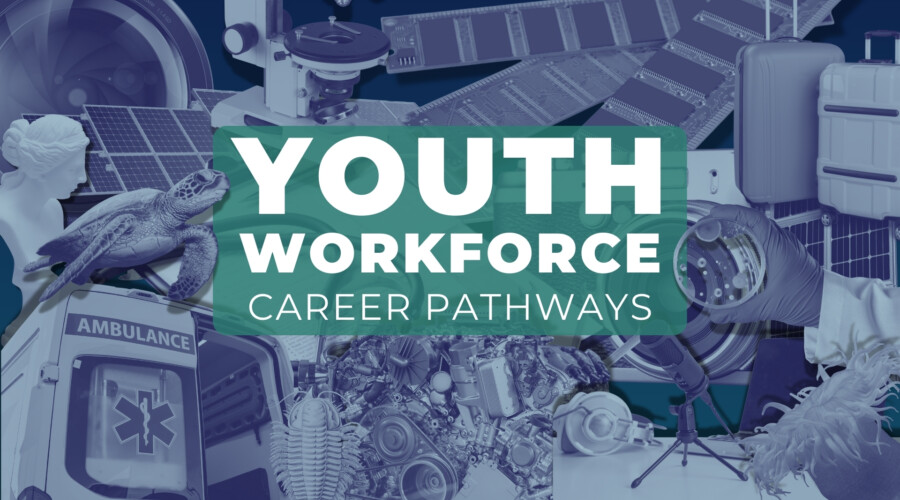Zion didn’t have someone there for them. And so, we’re constantly checking in with the students saying, “what could they have done to be in community? What could their friends and loved ones have done to bring them back into their community, so they’re not feeling so hurt or alone or scared?”
I’ve always been very sensitive and expressive. And I think we all have a calling to be heard, felt, and seen. It’s one of the core messages in Zion’s Story. A lot of what we experience in school is conflict, bumping into each other, bullying, pain, trying to learn how to be social and navigate social dynamics and hierarchies. And it’s messy and painful. And for someone like me, who wanted to be really expressive, it wasn’t a really good space.
But I’ve always known that I was an artist of some sort or another. And so, one of the things that I got into when I was little was theater. I did theater for a number of years and I enjoyed it until I went to a theater camp for a summer program and I embarrassed myself on the first day and I was so full of anxiety that I didn’t return to theater for a very, very long time.
I went back to my visual arts roots, kind of isolated myself in that. So, when I went to school originally, it was for visual arts, studio arts. And then I transferred to City College to do graphic design, and then that just wasn’t fulfilling me in the same way. And so, I dropped out of school for a semester, and I rediscovered my desire to be around expressive and sensitive people. And I knew that theater was definitely a route for me to be in community with those kinds of people. And so, I took a step to get back into it and I spent another two years in community college, getting my associates of theater and liberal arts. And then I transferred to UCSD. And while I was at UCSD, I met a lot of incredible people, including Catherine from Imagine.
Imagine sent out an email looking for apprentices, and I applied, and we had an incredible conversation when we met in person for the first time and the rest is history.
My favorite part is connecting with the students. One of the core messages in Zion’s Story is that she just wanted to be seen. And that’s so true, especially for kids in middle school and high school, as they’re really trying to grapple with who they are as they’re going through all these changes. But I think it’s true for everyone.
And so, when I get to spend time working with students, especially one-on-one, giving them my full attention and listening to them and hearing them and validating their thoughts, they just blossom.
Students of every age group and every demographic, whenever you’re able to give them that attention and see them as they want to be seen, everything else falls away for a moment— all the fronting and pretending, the masks that they try to put on. When they’re seen, there’s an ease comes over them. Every student deserves that attention.
The arts are an extension of ourselves, and it’s a vulnerable process. As you engage creatively, you’re getting to know yourself more and more deeply. So, it’s spiritual in that way. And so, as you’re getting to know your own spirit, your own self, your own ego, your own soul, you’re refining your process of expressing your spirit, your person and sharing it vulnerably to the world. It’s inherently connecting and healing. Spirituality, for me, is the understanding of the deep interconnectedness of our collective humanity and all things that surround us.
As we bring these programs to schools and see these students for who they are and encourage them to bring those beautiful parts of themselves that we see out in these expressive ways, it’s interconnecting. And it’s building that community that keeps us all safe and sacred and healthy and happy and just free.
What we are aiming for at Imagine is to help kids to develop the skills and confidence to express themselves authentically and to build empathy and compassion for others as well.
I just want to express gratitude to Imagine Brave Spaces for taking me on this journey with them. They have shown me a lot of grace as I’ve learned how to express my own soul and how to bare it and present it. It is not perfect. I’m not a perfect person. It’s been a lot of learning moments for myself, and they have been so gracious from my time as an apprentice to a teaching artist, to a performer. They really helped me to learn how to show up in an authentic way, but also in a responsible and grounded way, and how to share that experience with others.”















